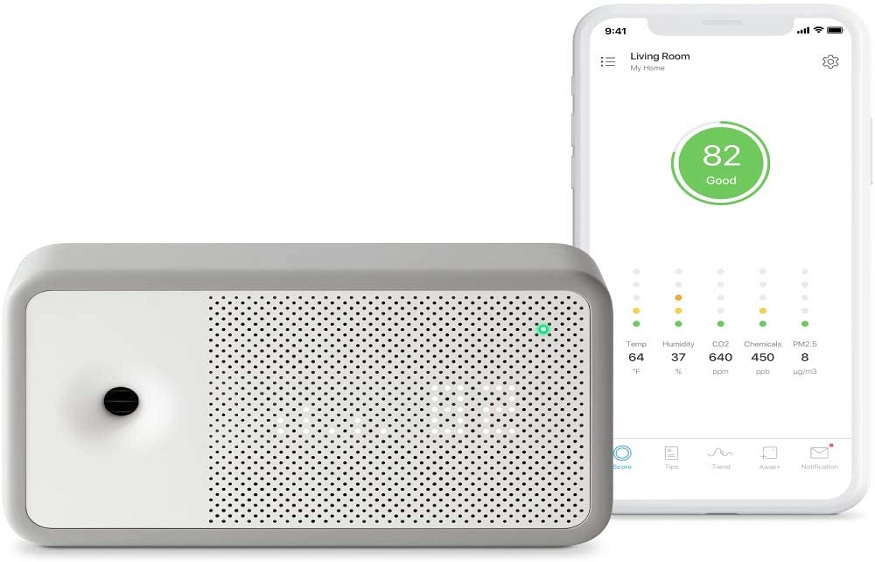Overall health and well-being depend on a good night’s sleep, but many people have trouble falling asleep because of poor indoor air quality. An air quality monitor can significantly improve the quality of your sleep by offering insightful information about the environmental elements influencing it. Awareness of the link between sleep and air quality might make creating a more suitable sleeping environment easier.
Determine Which Pollutants Affect Sleep
Particulate matter, carbon dioxide (CO2), and volatile organic compounds (VOCs) are examples of indoor air pollutants that can impair health and interfere with sleep. The concentrations of these contaminants in your bedroom can be found using an air quality monitor. Respiratory discomfort or allergy reactions from high particulate matter or volatile organic compounds (VOCs) may hinder your ability to fall or keep asleep. You can use targeted measures to reduce these pollutants by tracking them, such as installing air purifiers, selecting low-emission items, or enhancing ventilation.
Tracking CO2 Levels to Improve Sleep
The amount of carbon dioxide (CO2) in your bedroom dramatically impacts how well you sleep. High CO2 concentrations might make you sleepy or uncomfortable at night and are frequently a sign of inadequate ventilation. By giving you access to real-time CO2 data, an air quality monitor can assist you in determining if the space where you sleep is sufficiently ventilated. If the monitor indicates elevated CO2 levels, you can increase ventilation—by opening windows, turning on fans, or making sure your ventilation system is operating efficiently—and make your bedroom more comfortable to sleep.
Controlling Humidity to Avoid Disruptions
The humidity in your bedroom has an impact on how well you sleep as well. Excessive moisture can encourage the formation of dust mites and mould, which can cause allergies and respiratory problems that interfere with sleep. On the other hand, extremely low humidity can cause respiratory irritation and dry skin. You can maintain ideal levels, usually between 30% and 50%, with an air quality monitor that measures humidity. You can minimise elements that could interfere with your sleep and create a more pleasant resting environment by monitoring and changing the humidity.
Improving Air Purity to Promote Better Sleep
Analysing contaminants with an air quality monitor lets you evaluate how well air purifiers and other air-cleaning equipment work. Despite utilising a cleaner, if your monitor still displays excessive levels of indoor pollutants, it can be a sign that the device requires maintenance or is too big for the room. By routinely checking the air quality, you can make sure your air purifiers are operating efficiently and bring about a discernible improvement in the air quality, which can help you sleep better at night.
Establishing a Healthier Environment for Sleep
An air quality monitor enables you to comprehend how your sleeping environment is impacted by indoor air quality in general, in addition to particular contaminants and CO2 levels. You may make educated changes to the environment in your bedroom with the monitor’s insights regarding temperature, humidity, and pollutant levels. Your general health and sleep quality can be enhanced by ensuring your sleeping space is well-ventilated and free of excessive contaminants.
Conclusion
There is a strong correlation between air quality and sleep, with pollution and other environmental factors impacting how well you sleep. An air quality monitor helps create a more pleasant and healthy sleeping environment by giving helpful information on humidity, CO2, and pollutant levels. By applying this knowledge to potential problems, you can improve the quality of your sleep and awaken feeling more invigorated.



